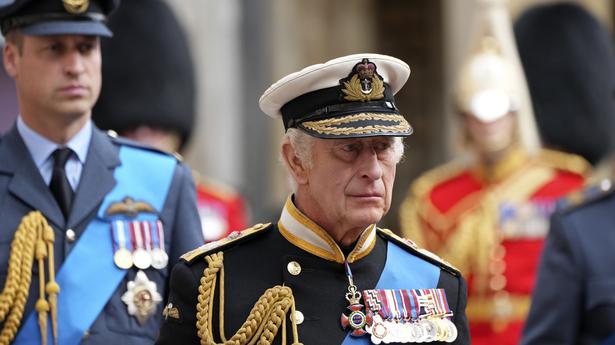
King Charles III’s carbuncles: London’s architectural style wars have international resonance
The Hindu
The mishmash of eclectic styles of London’s architecture goes back into its history
After King Charles III’s ascension to the British throne, the media has been on overdrive, digging up the stinging barbs he made as Prince of Wales about various prestigious post-war rebuilding projects that dot London. His contempt for modern architecture is well-known.
ALSO READ Window to the world
In 1984, on the Royal Institute of British Architects’ 150th anniversary, when the eminent Indian architect Charles Correa was to be awarded the Royal Gold Medal, the heir apparent addressed the gathering. Contrary to the usual complimentary panegyrics in order on such occasions, Charles took the opportunity to raise hackles over modernist designs. With his hallmark sardonic candour, he described the proposed extension to the National Gallery in London as ‘a monstrous carbuncle on the face of a much-loved and elegant friend’ . His controversial royal rants about modern architecture may be coarse in messaging, but is there some truth in what he says?
What is the larger issue at stake in this debate over architectural styles between die-hard traditionalists and the new-age modernists? Both have their own passionate rationales for their positions.
There is no better way to experience the discordant notes of London’s once famous historic skyline than to take a boat cruise along the Thames. The mishmash of eclectic styles of London’s architecture goes back into its history. They range from Romanesque to Baroque to Gothic and to neo-classical periods. Alas, the city with its legendary grand monuments and edifices was razed to rubble during World War II. It was therefore in a hurry to rebuild itself, provide social housing and create civic infrastructure. In the process, many cuboid, bulky ‘Brutalist’ buildings and housing projects — abhorred by the cottage-loving Britons — came up.
With prosperity, soon came early modernism, when architects started making bold steel and glass skyscrapers all over the dense grain of London, sitting cheek-by-jowl with classical national landmarks like Saint Paul’s Cathedral, Westminster Hall, and the Tower of London along the river-front. As you sail past the quaint Shakespearean thatch-roofed Globe Theatre adjacent to Tate Modern — an erstwhile power station turned into art gallery — the incongruity hits hard. And more than any other structure, the slender all-glass ‘pencil-tipped’ tallest skyscraper of the city ‘The Shard’ looms large over the city.
The complex web of forces driving such new urban transformations is the pragmatic necessity to create more office, commercial and residential spaces in the tightly packed London city, with sky-rocketing rents and dark, dingy interiors of old buildings, even if retrofitted with modern amenities. In contrast, the new sleek glass boxes bathed in precious sunlight, allowing grandstand sweeping panoramas of the city, offer a far more compelling option.











